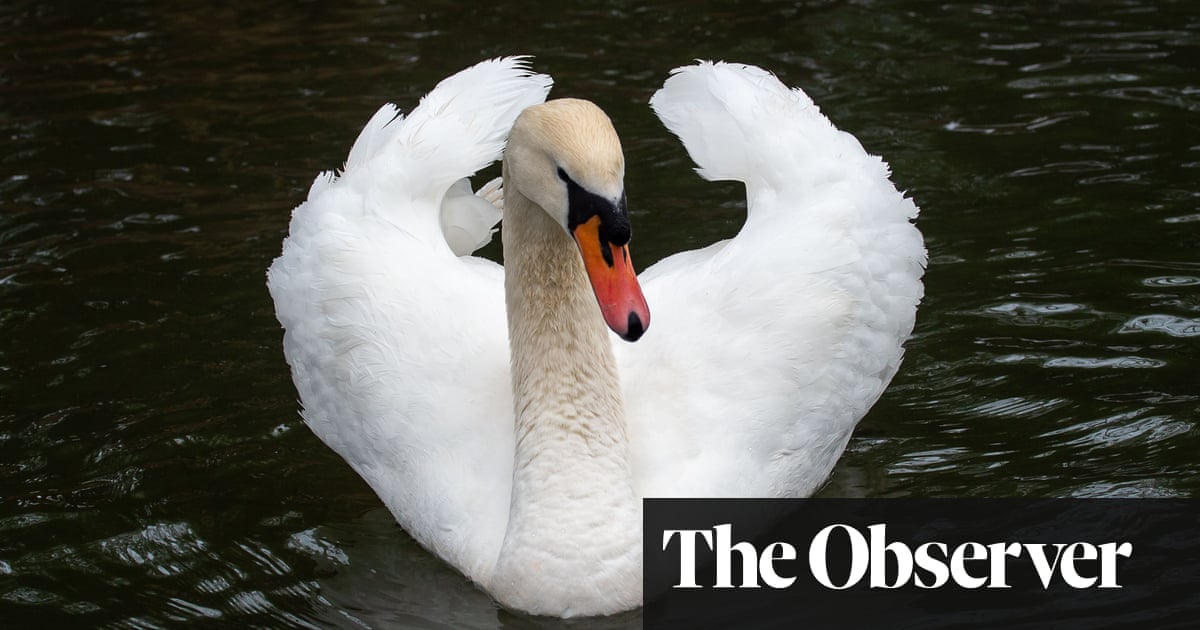Lateral flow tests being prepared for UK outbreaks of avian flu - The Guardian

British health officials are preparing plans to deploy lateral flow tests if signs emerge that avian flu has begun to spread from one person to another.
The programme would provide rapid information about the dangers posed by the disease.
The UK Health Security Agency (UKHSA) is also working on blood tests to detect antibodies against the virus and officials will analyse the disease's genetic mutations to reveal data about the increased risk to human health from avian flu.
The moves follow last week's news that an 11-year-old girl in Cambodia has died from H5N1, the flu strain that is being spread around the globe by migrating birds and is infecting poultry farms.
Investigators are now trying to establish if infected birds were the cause of the Cambodian case, rather than human-to-human transmission.
At present, evidence suggests the H5N1 virus does not pass easily to people although scientists have urged care and caution.
"Viruses constantly evolve, and we remain vigilant for any evidence of changing risk to the population," said Dr Meera Chand, incident director for avian influenza at the UKHSA .
This point was backed by Professor Ian Brown of the Animal and Plant Health Agency (APHA). "There have been over 850 cases in humans across the globe since 1996 with a high case- fatality rate.
"Almost all cases to date have not resulted in human-to-human transmission but vigilance is required."
Scientists also warned last week that although direct risks of infection were low, people should avoid contact with sick or dead wild birds in public areas such as parks or waterways and should wash their hands after feeding wild birds.
Last week, the UKHSA confirmed it had found avian flu cases in poultry at 145 premises and in 656 wild birds in England, a rise of 15 new premises and 209 detections in wild birds since December 2022.
In addition, 14 out of 134 wild mammals collected since October 2021 were found to have avian flu: four in foxes in England and one in Wales. In Scotland, there were four cases in otters, four in seals and one in a fox.
"This virus keeps cropping up in various mammals and this could increase the possibility of further human infections," said Prof Jonathan Ball, of Nottingham University. "The risk to humans is still very low, but it's important that we continue to monitor circulation of flu in both bird and mammal populations."
The human Spanish flu pandemic of 1918 – which killed an estimated 50 million people – is believed to have been triggered by a successful transmission of an avian flu virus to humans.
"The initial strain then adapted and became endemic in the human population, giving rise to the seasonal flu viruses," said Professor Massimo Palmarini, director of the Centre for Virus Research, Glasgow University.
"This is why it is important to detect human cases of avian influenza as quickly as possible and make sure that we give as little opportunity as possible to the virus to be transmitted further and mutate."
Comments
Post a Comment